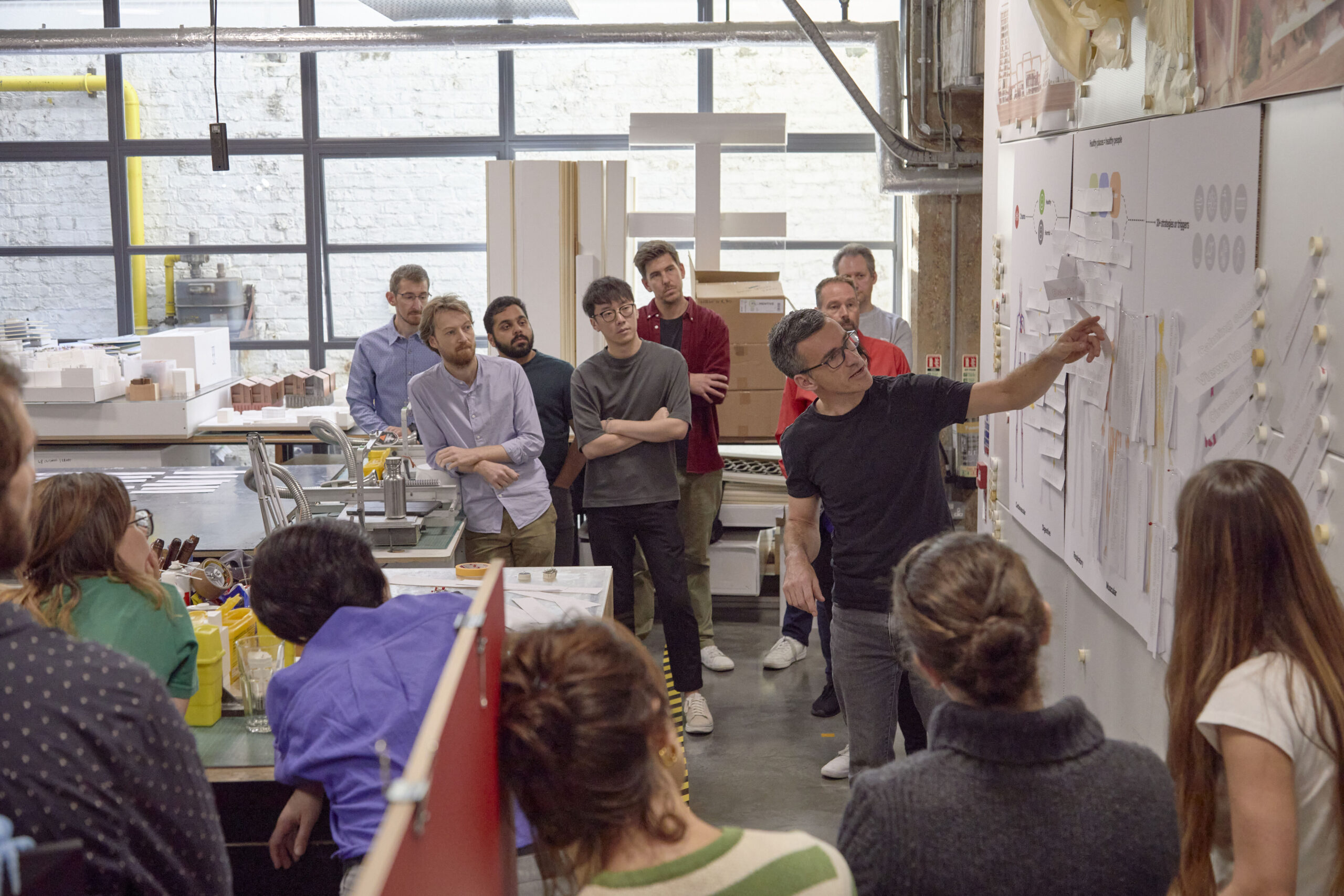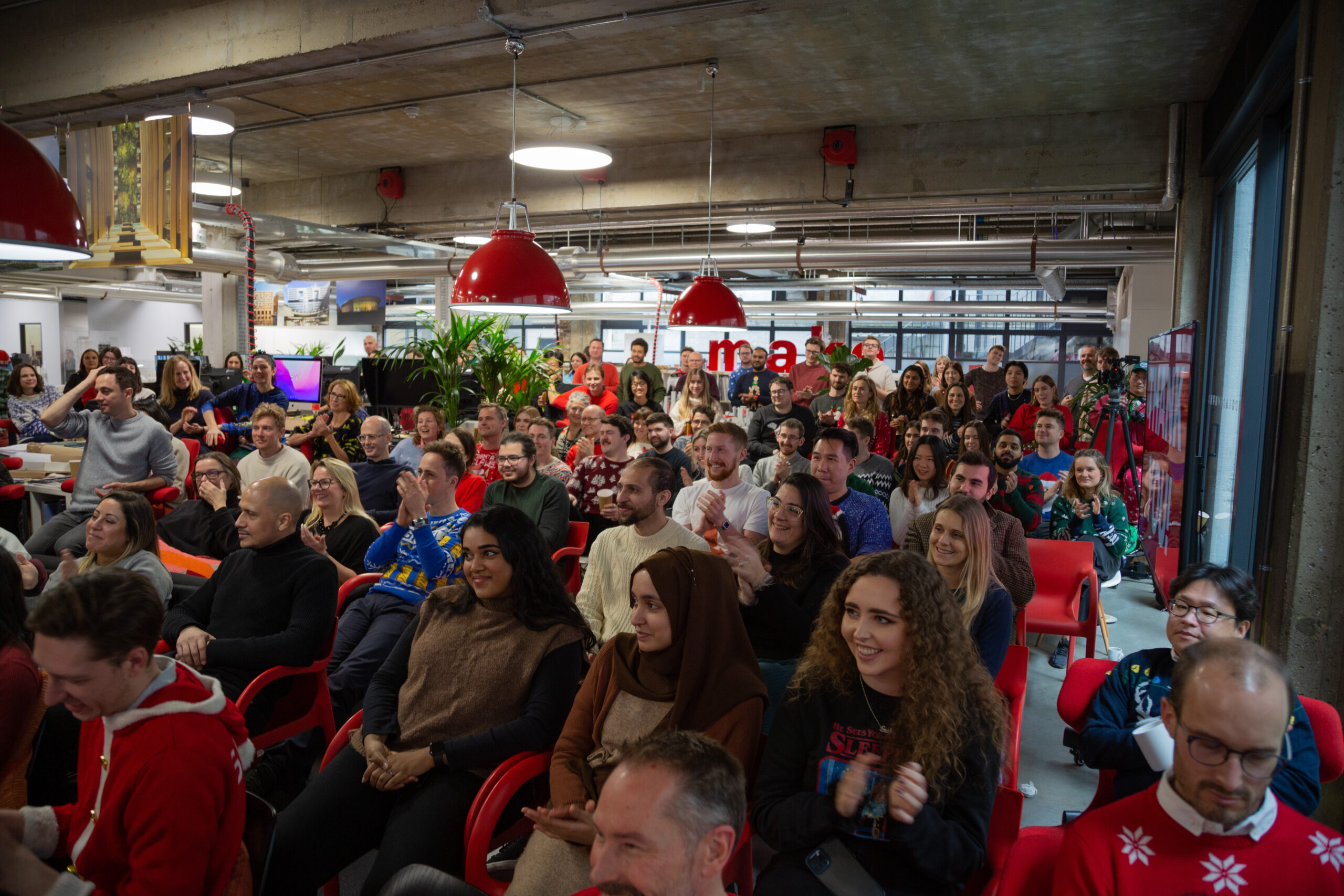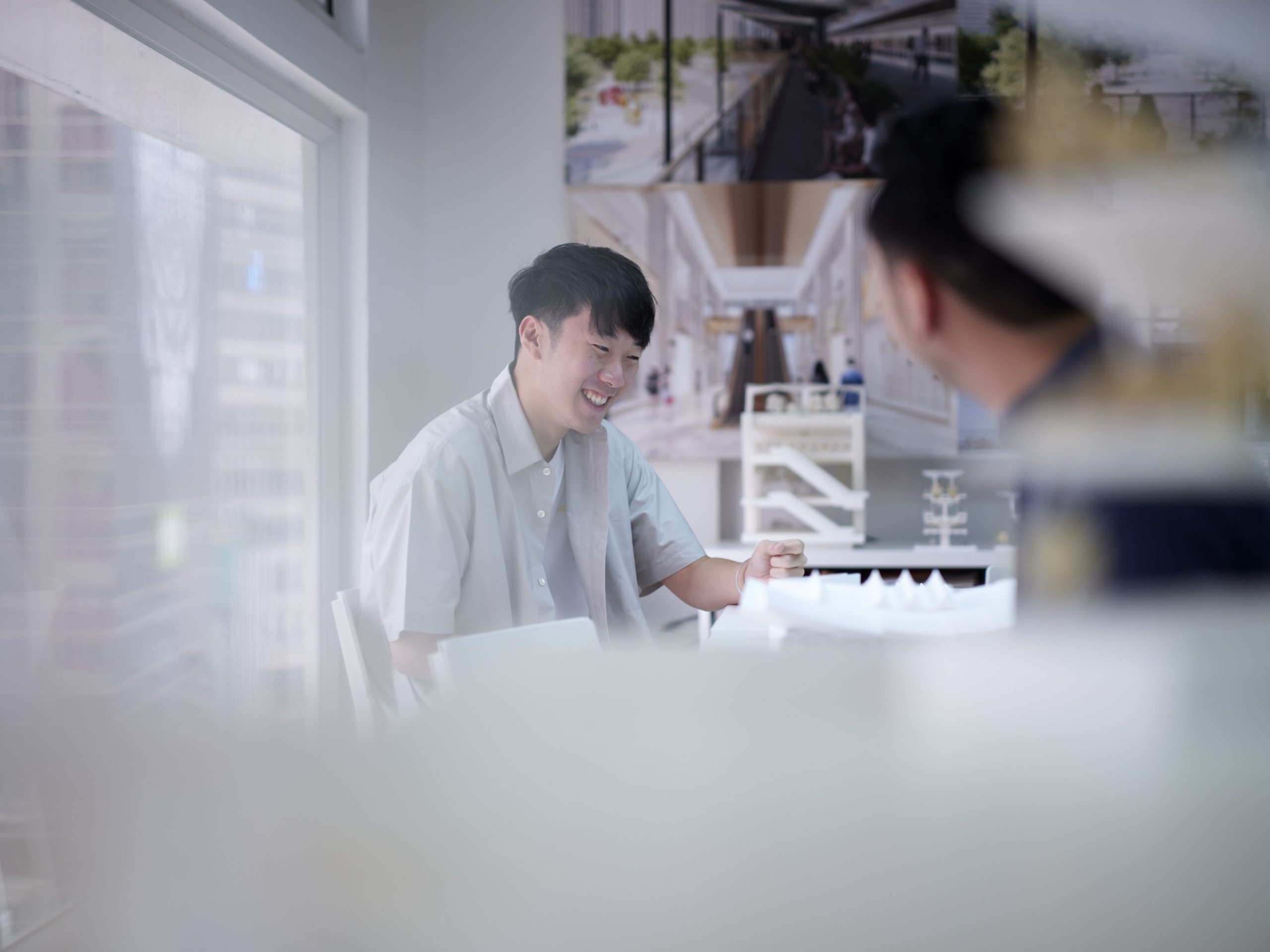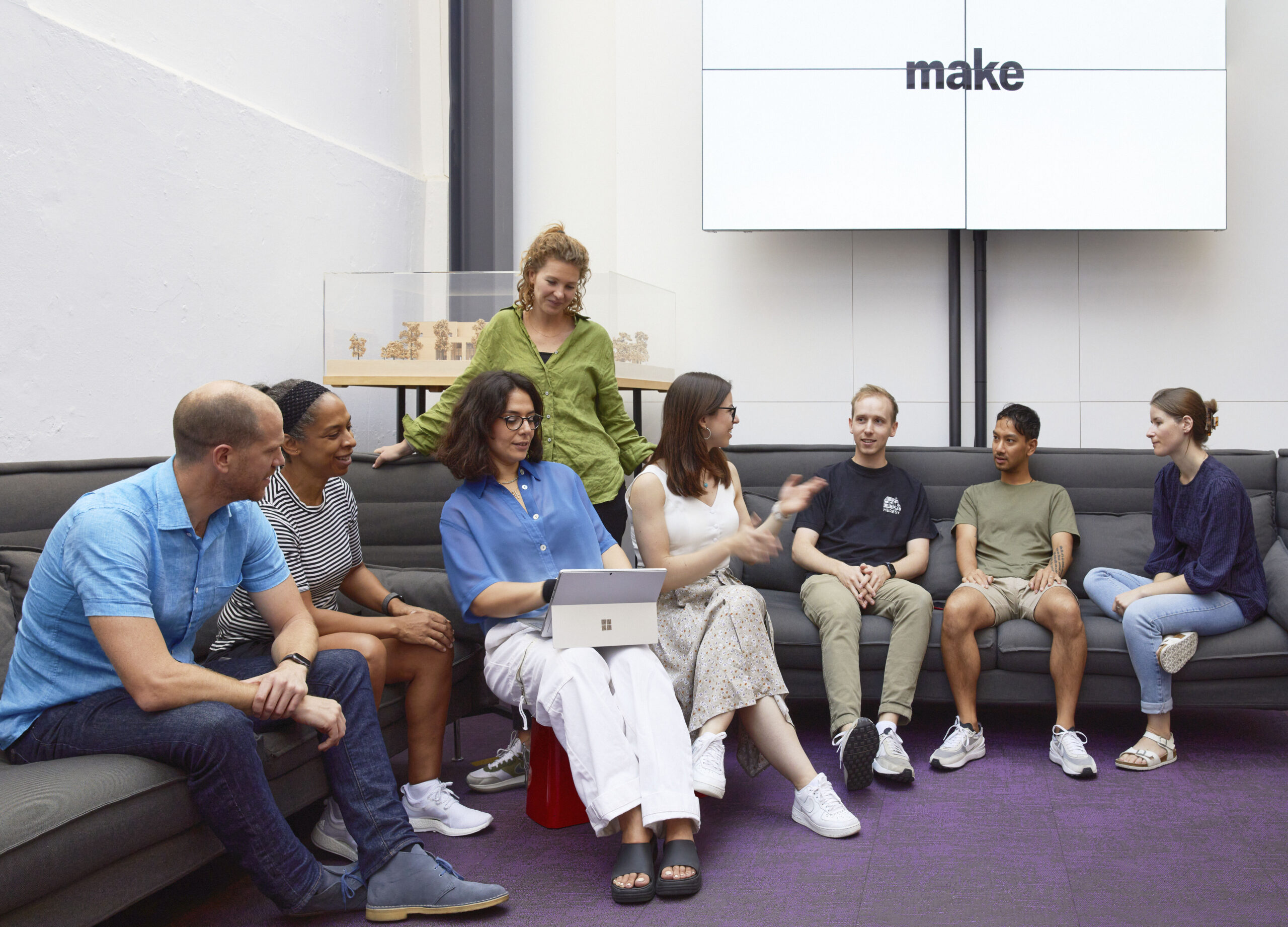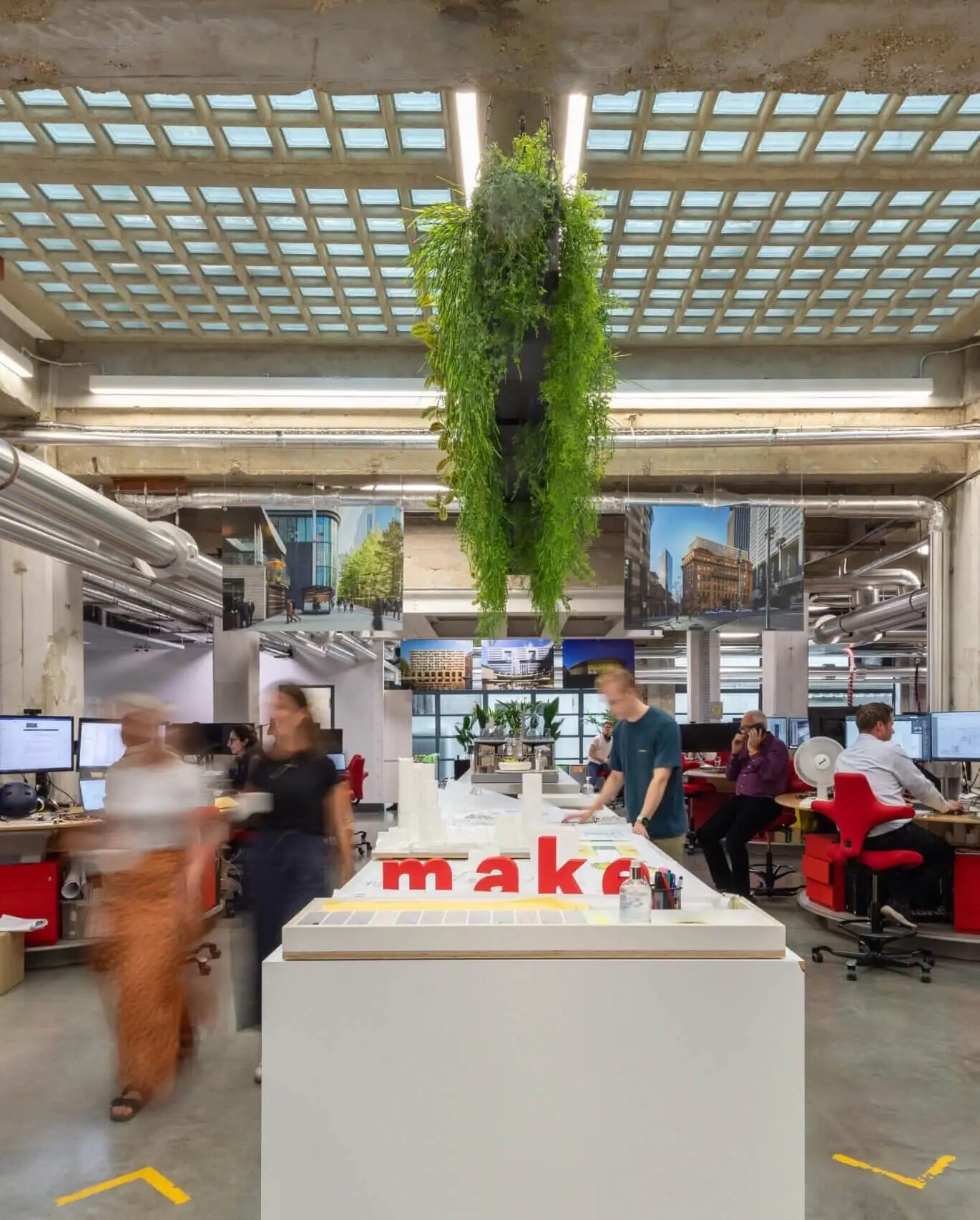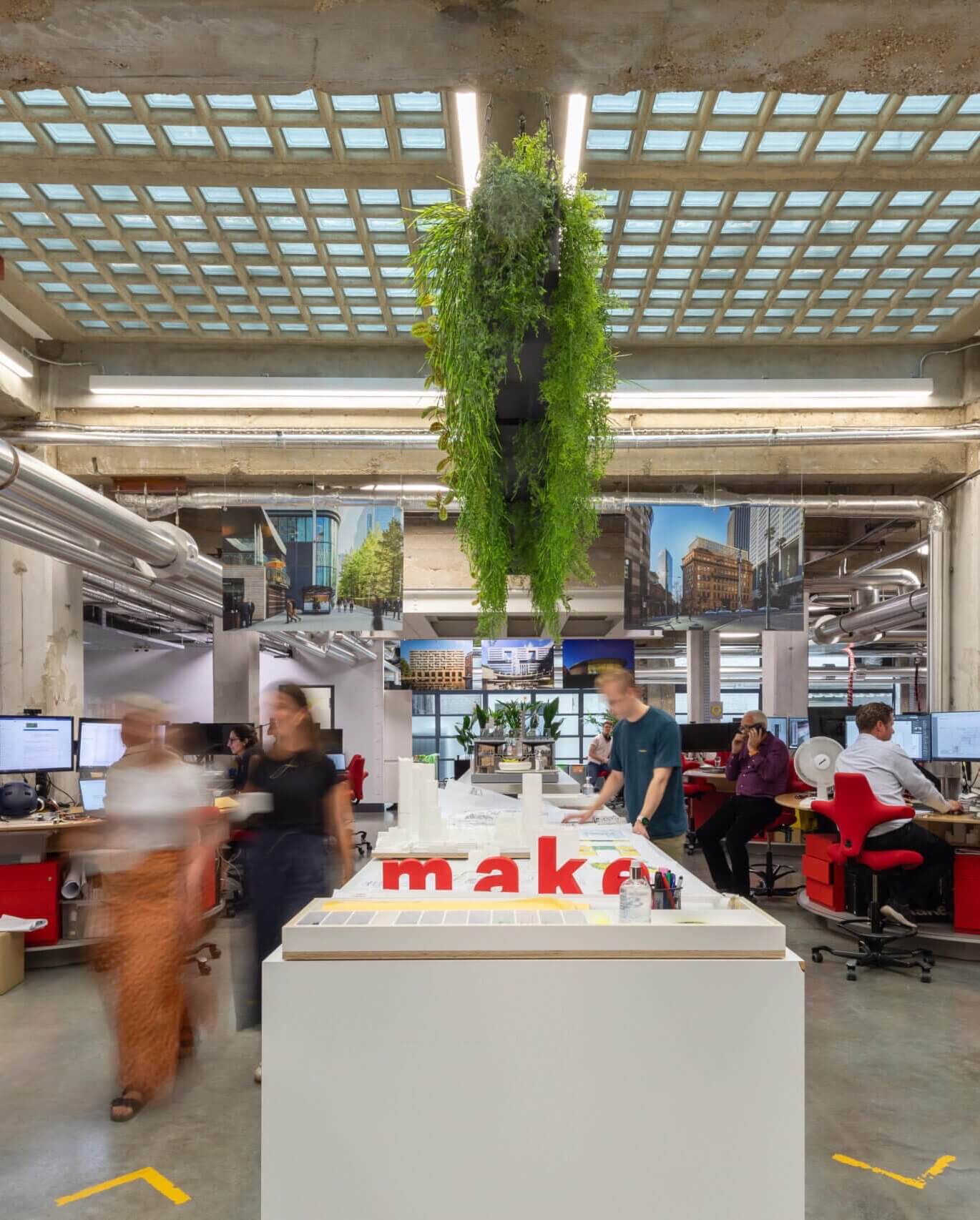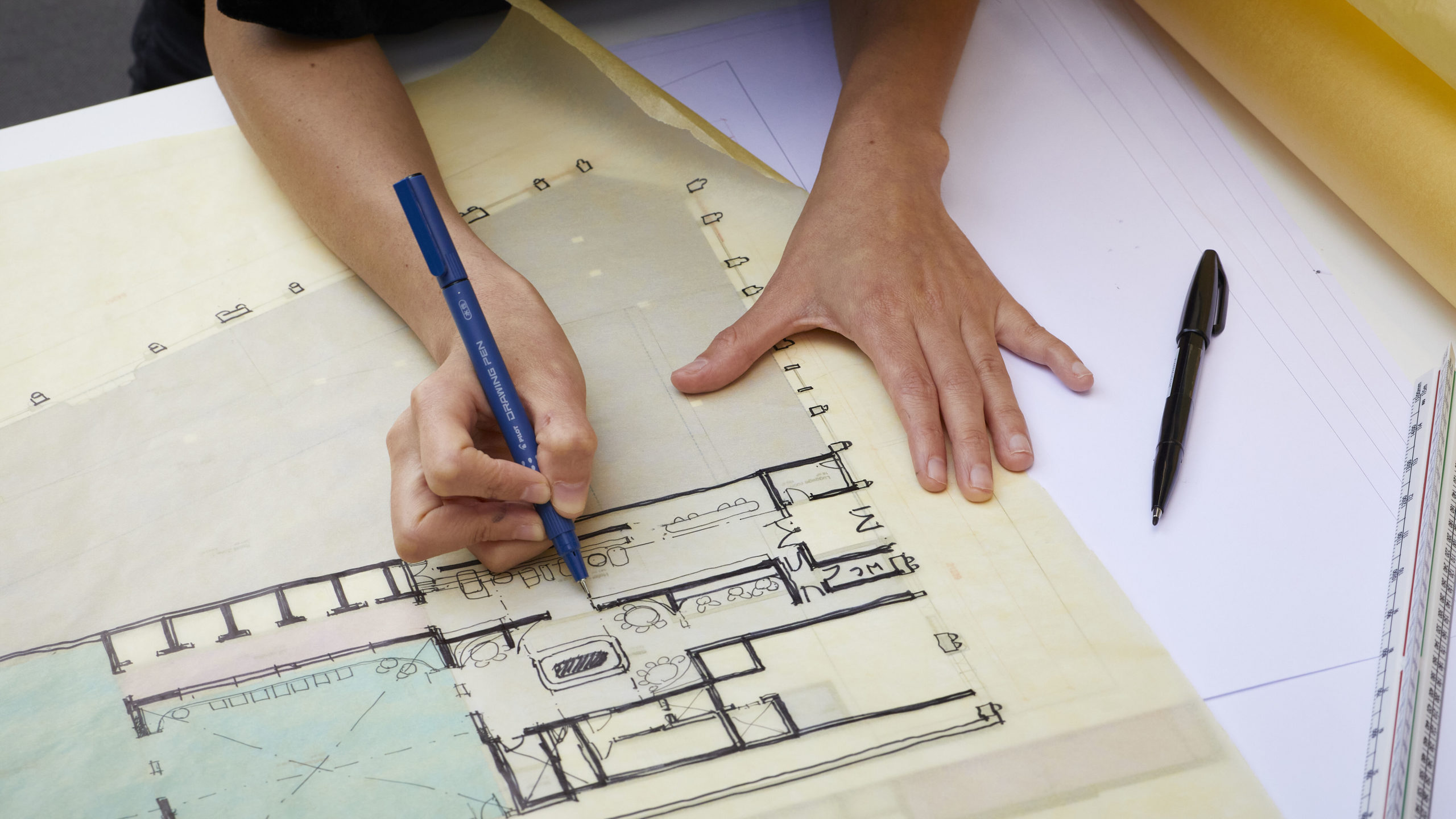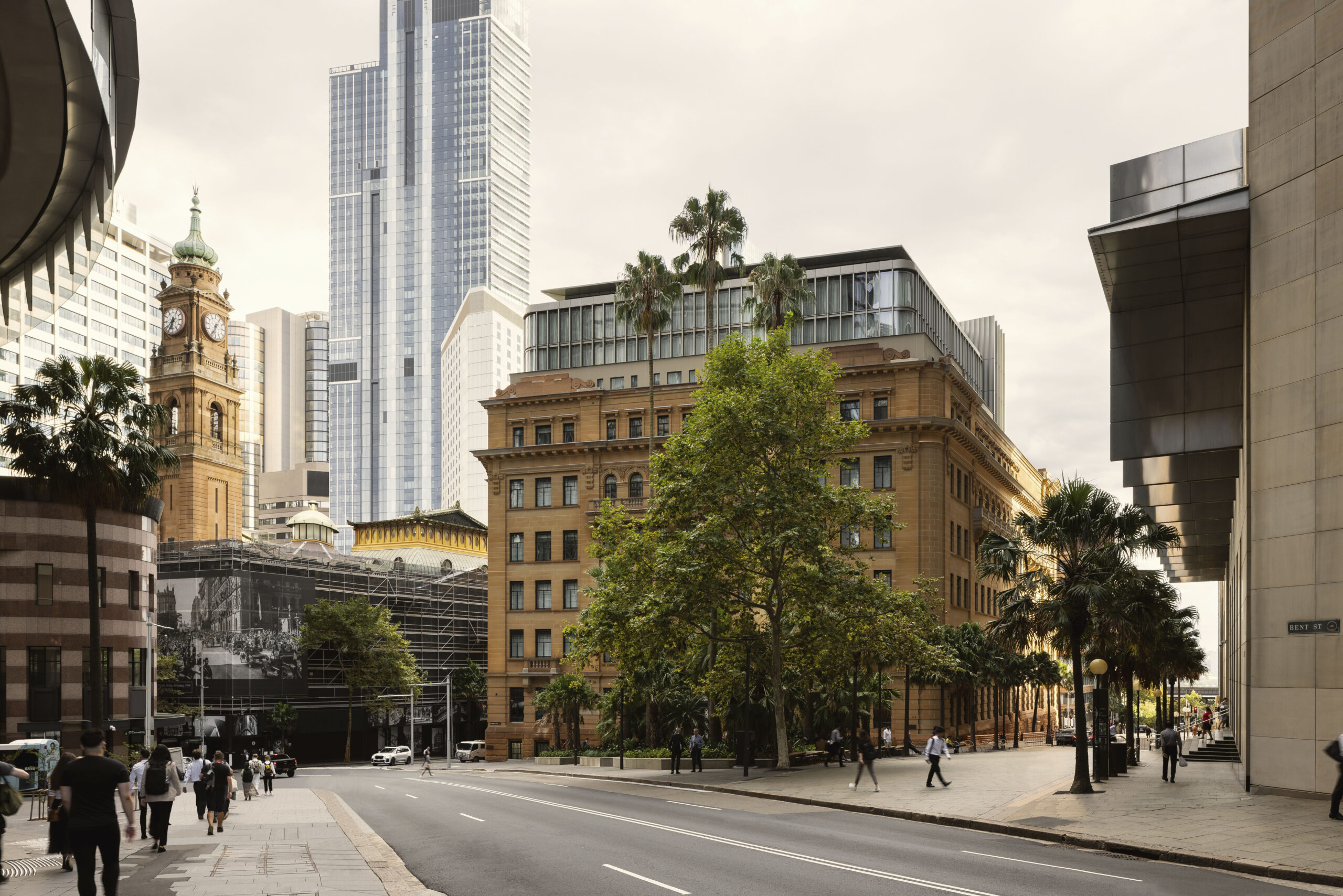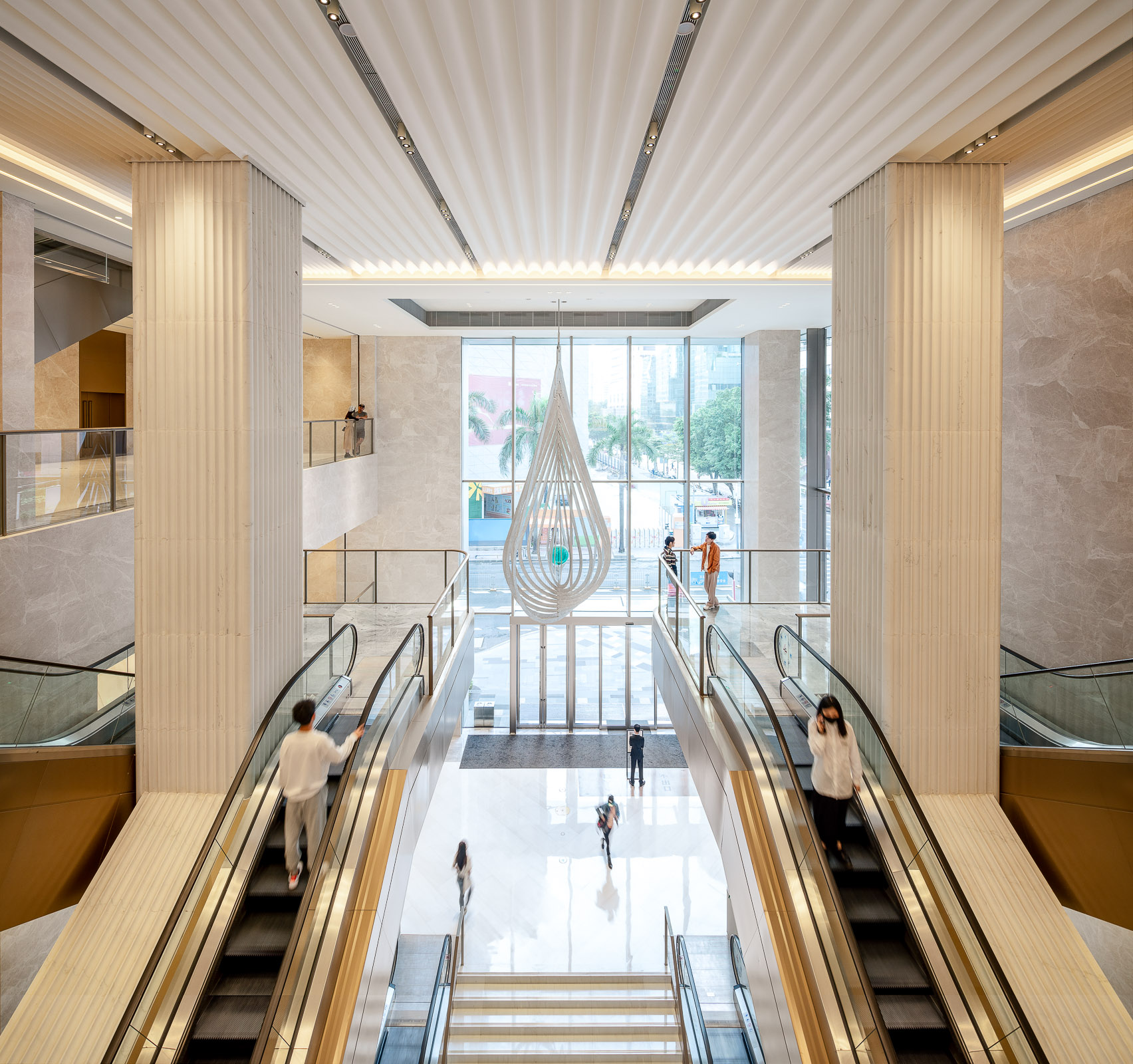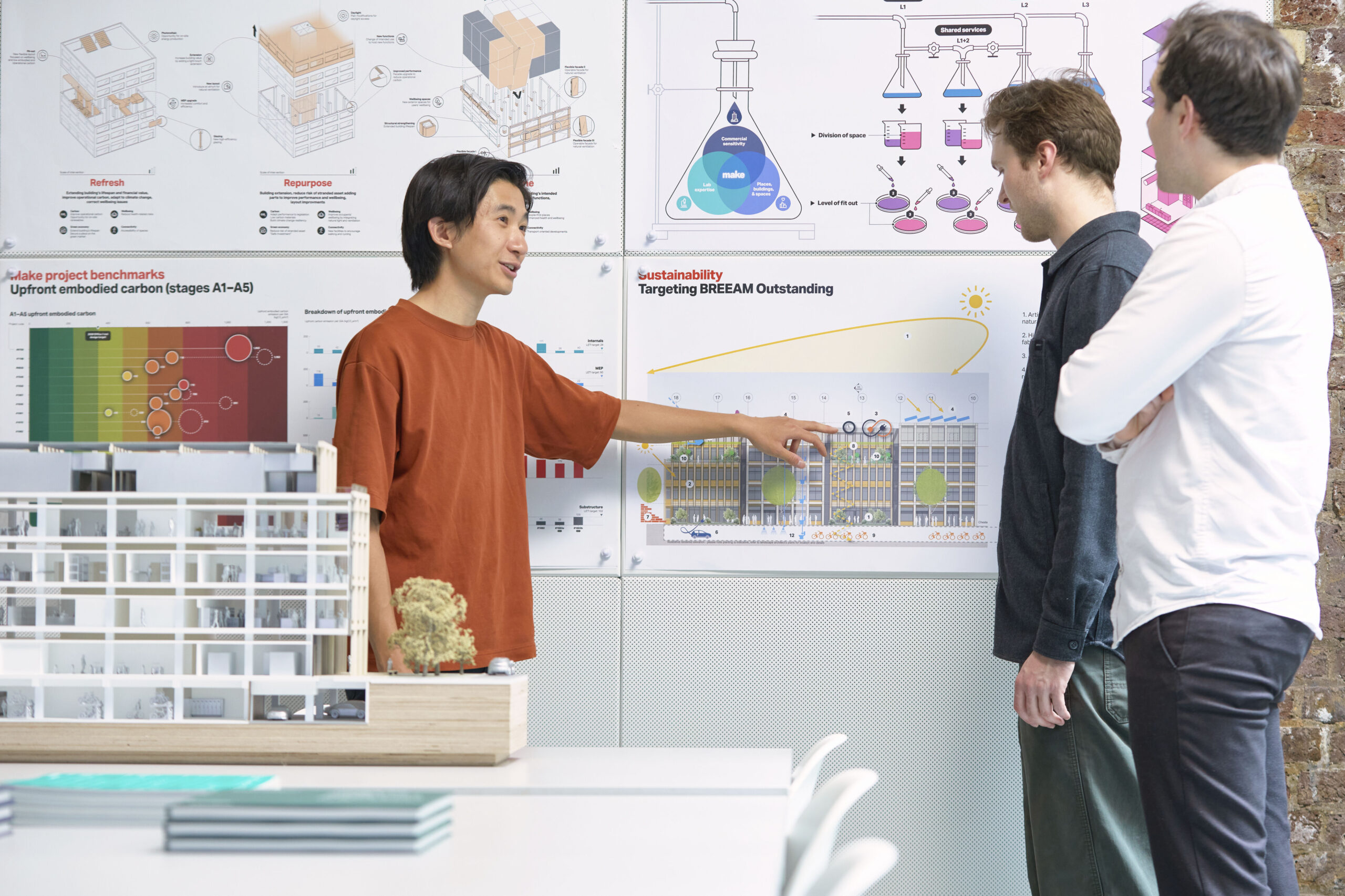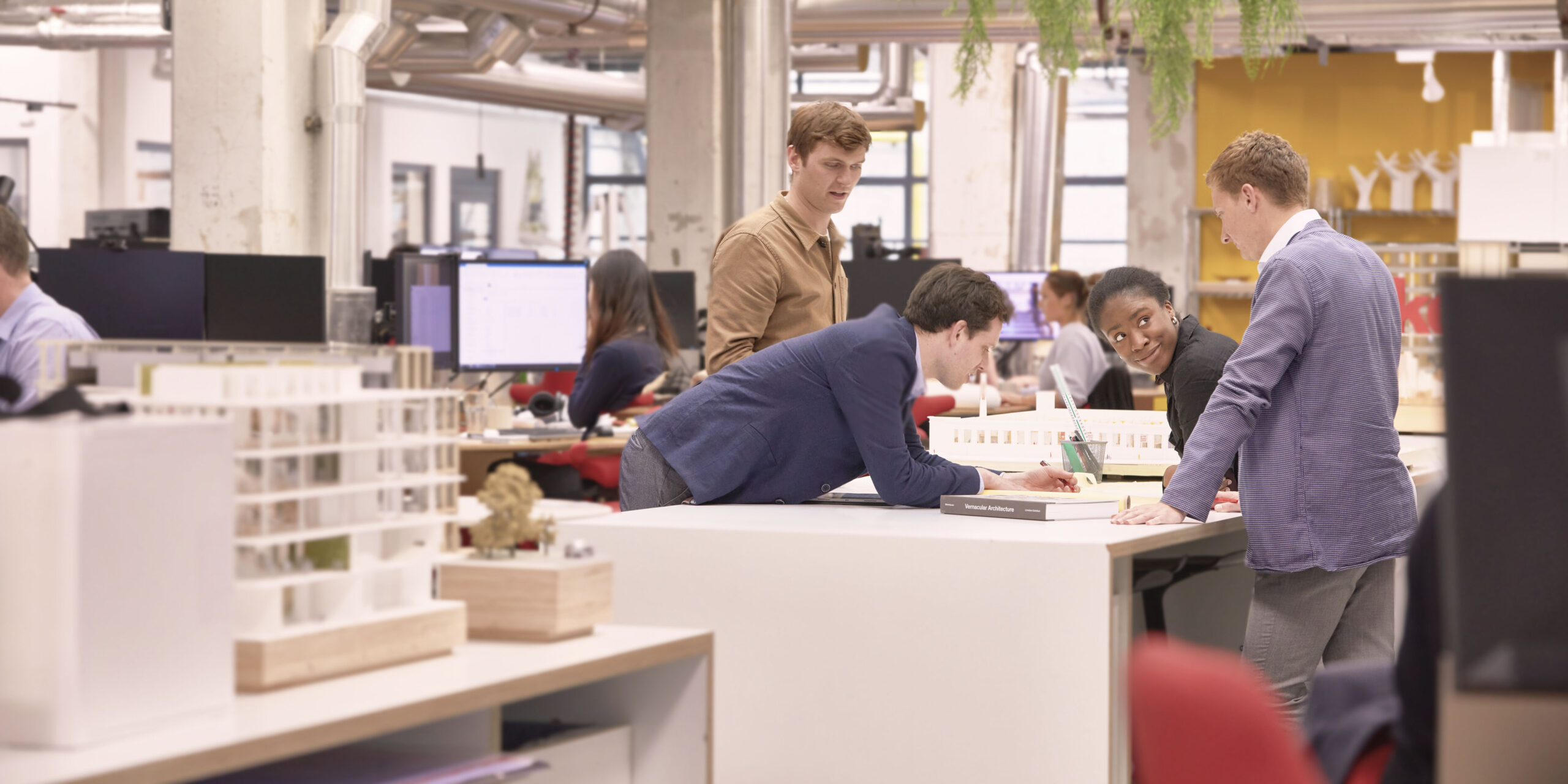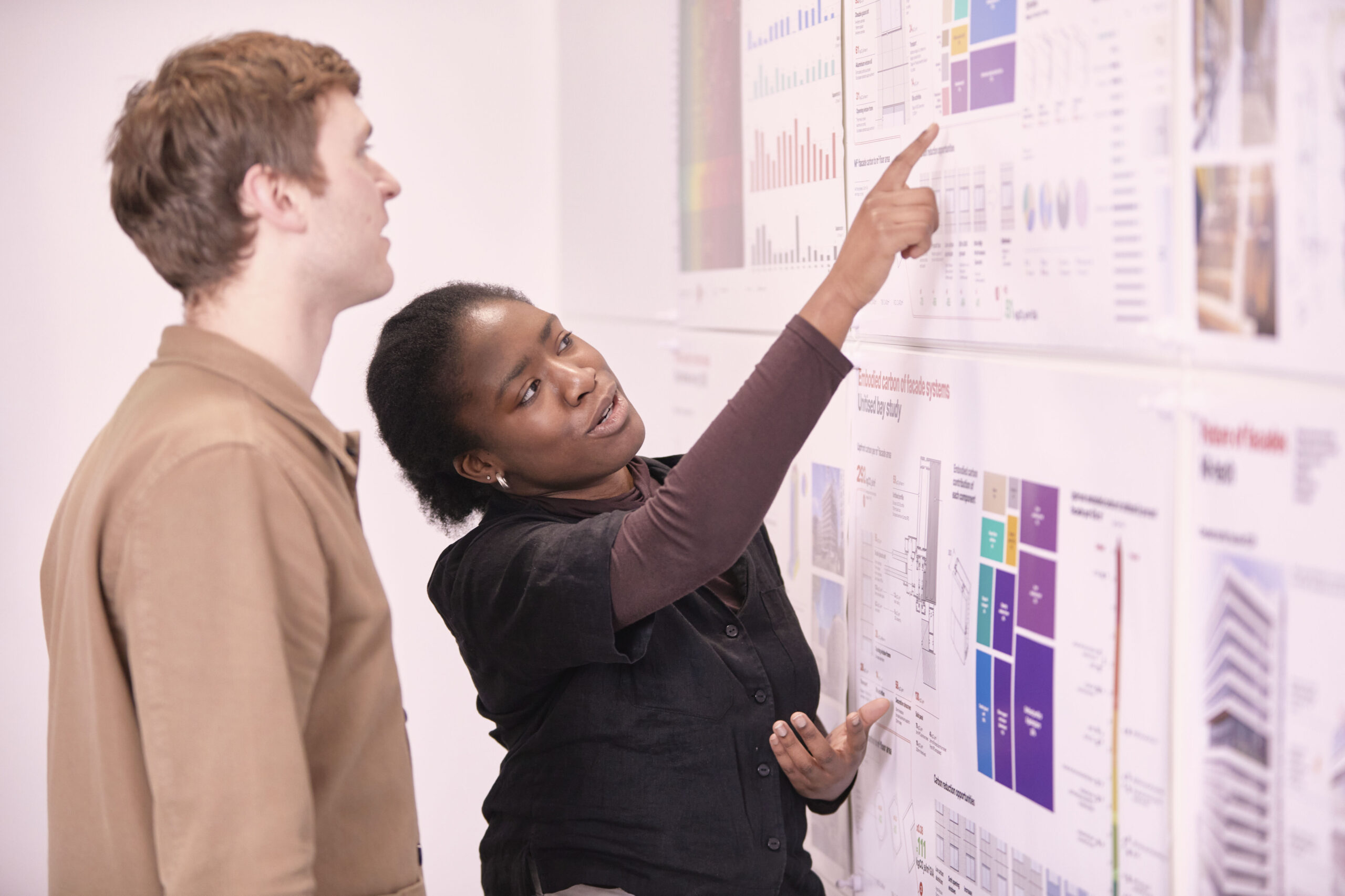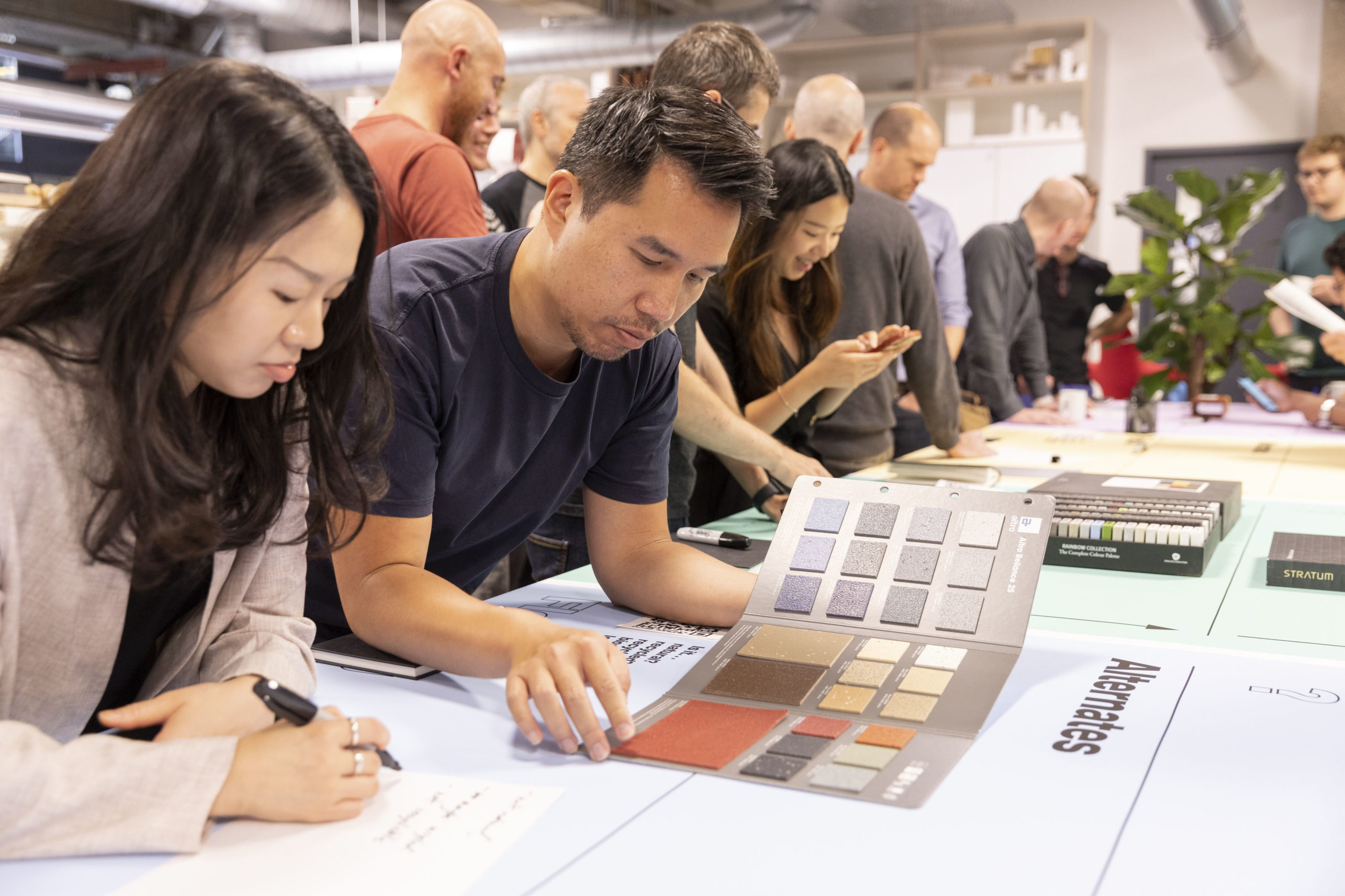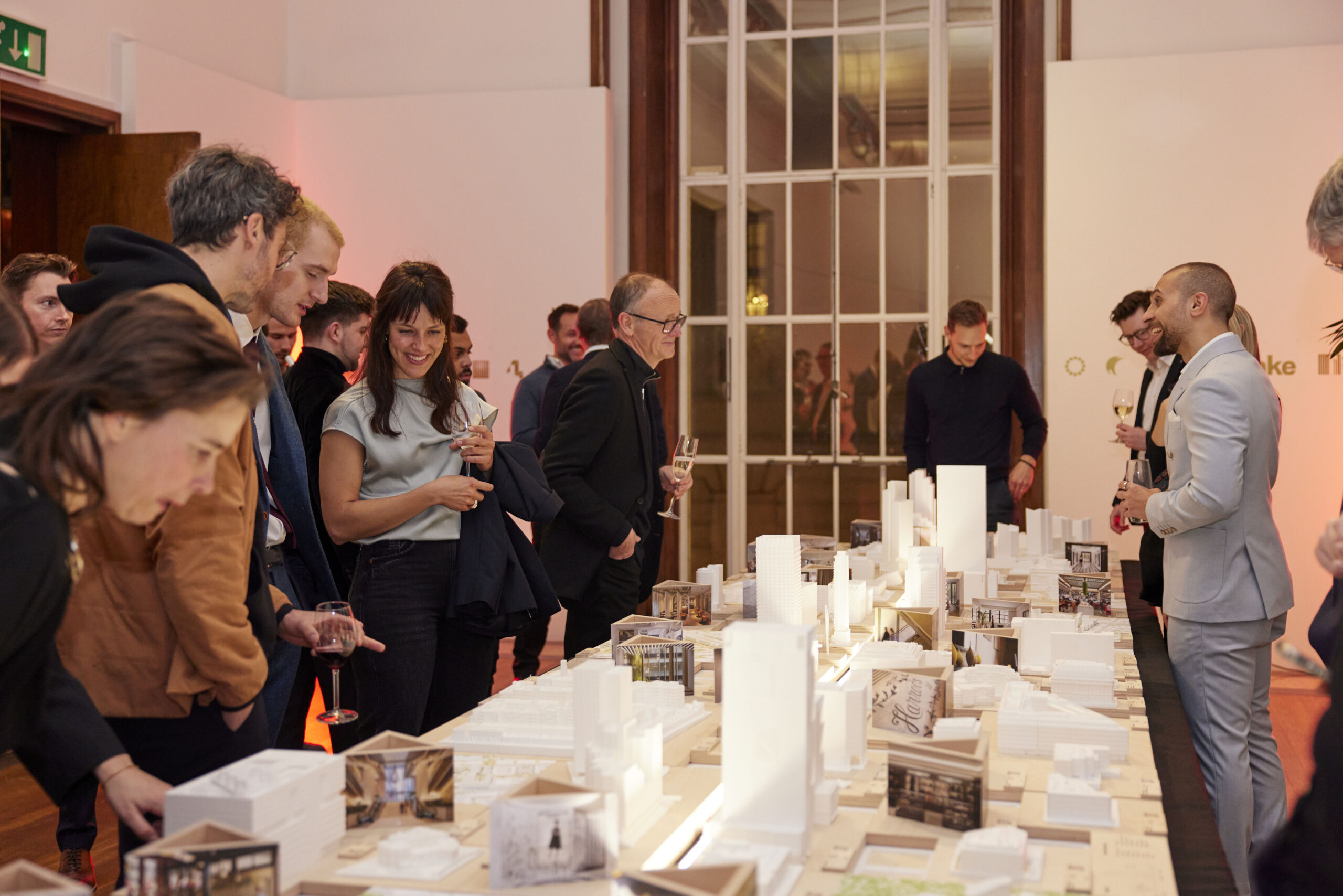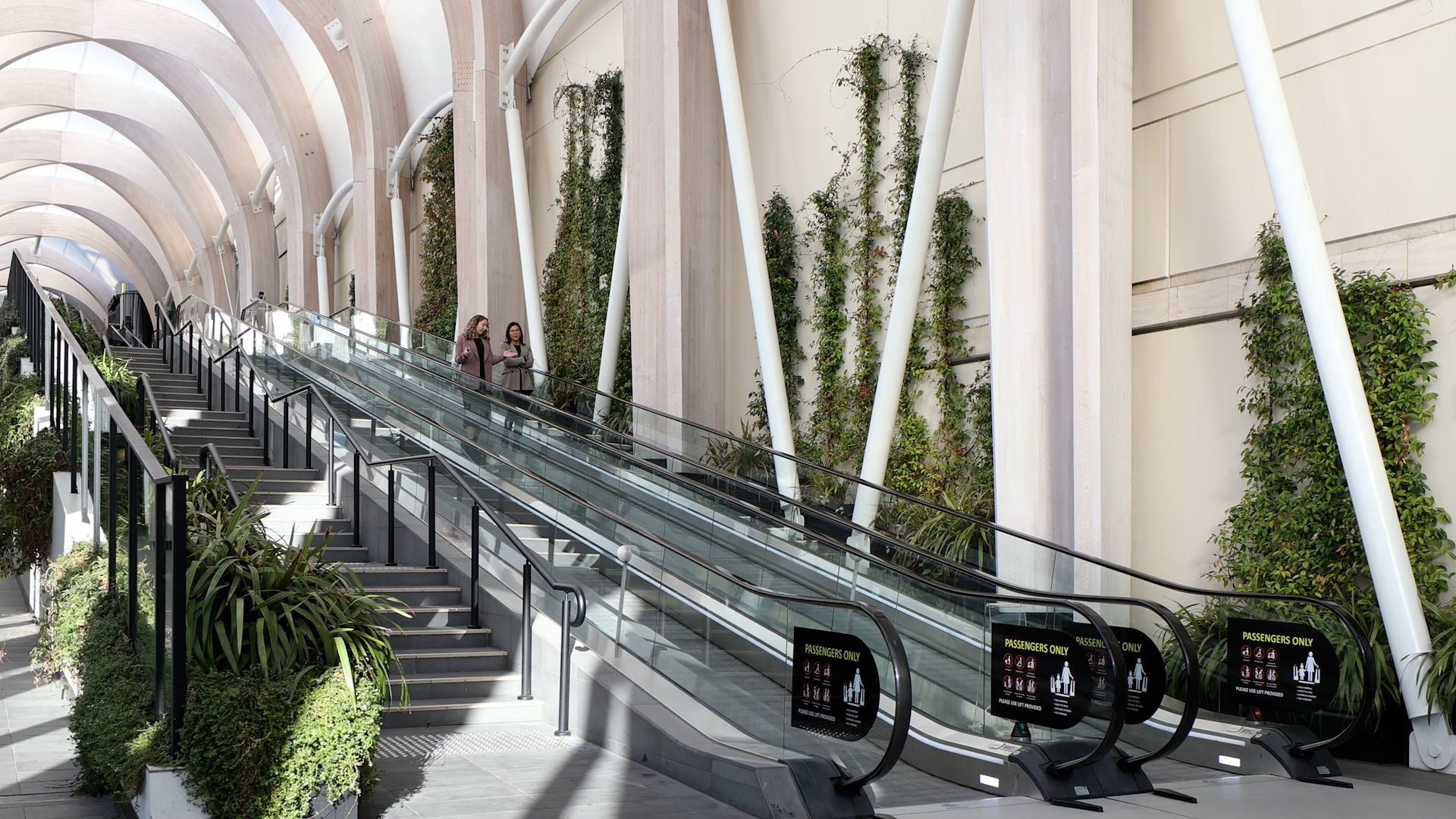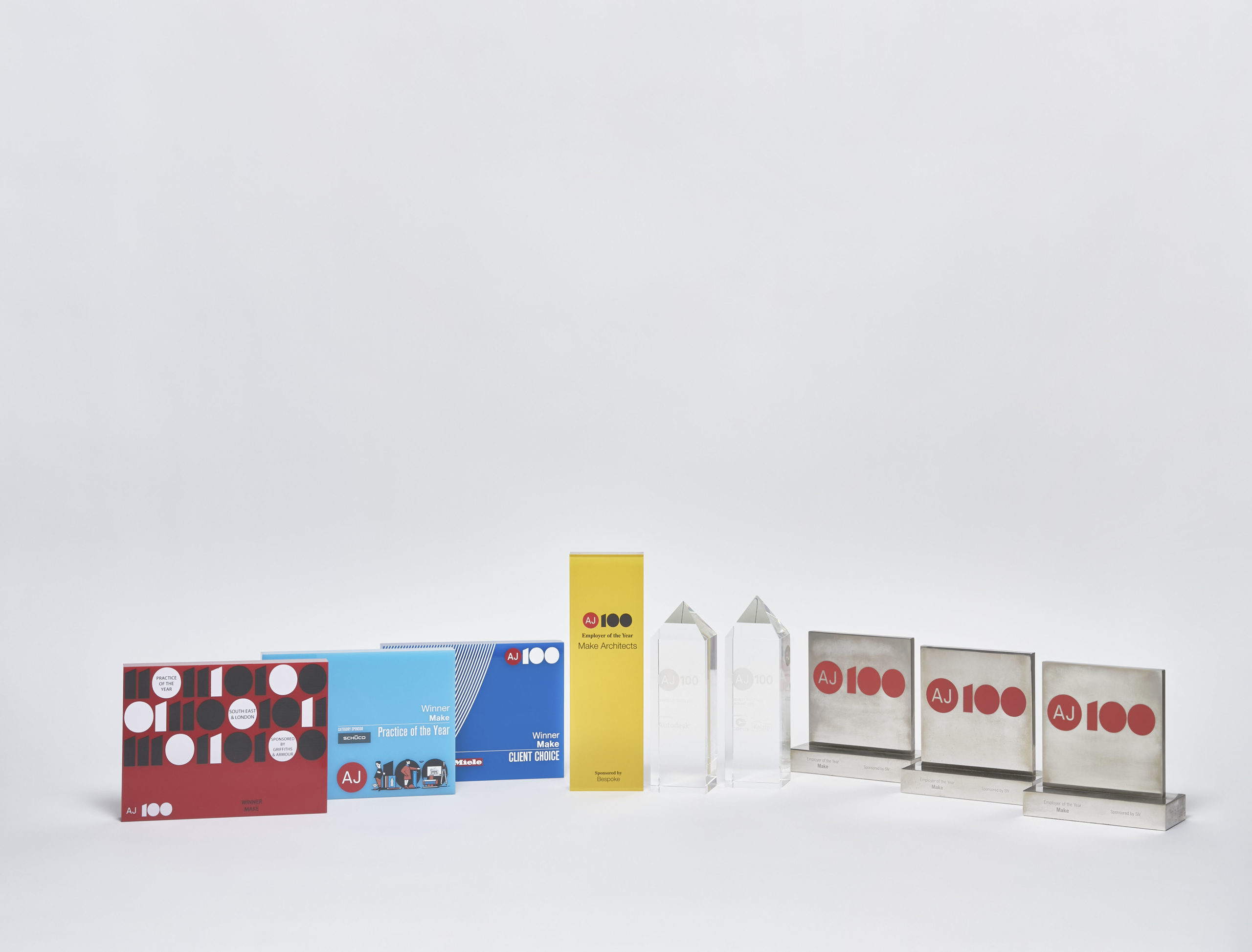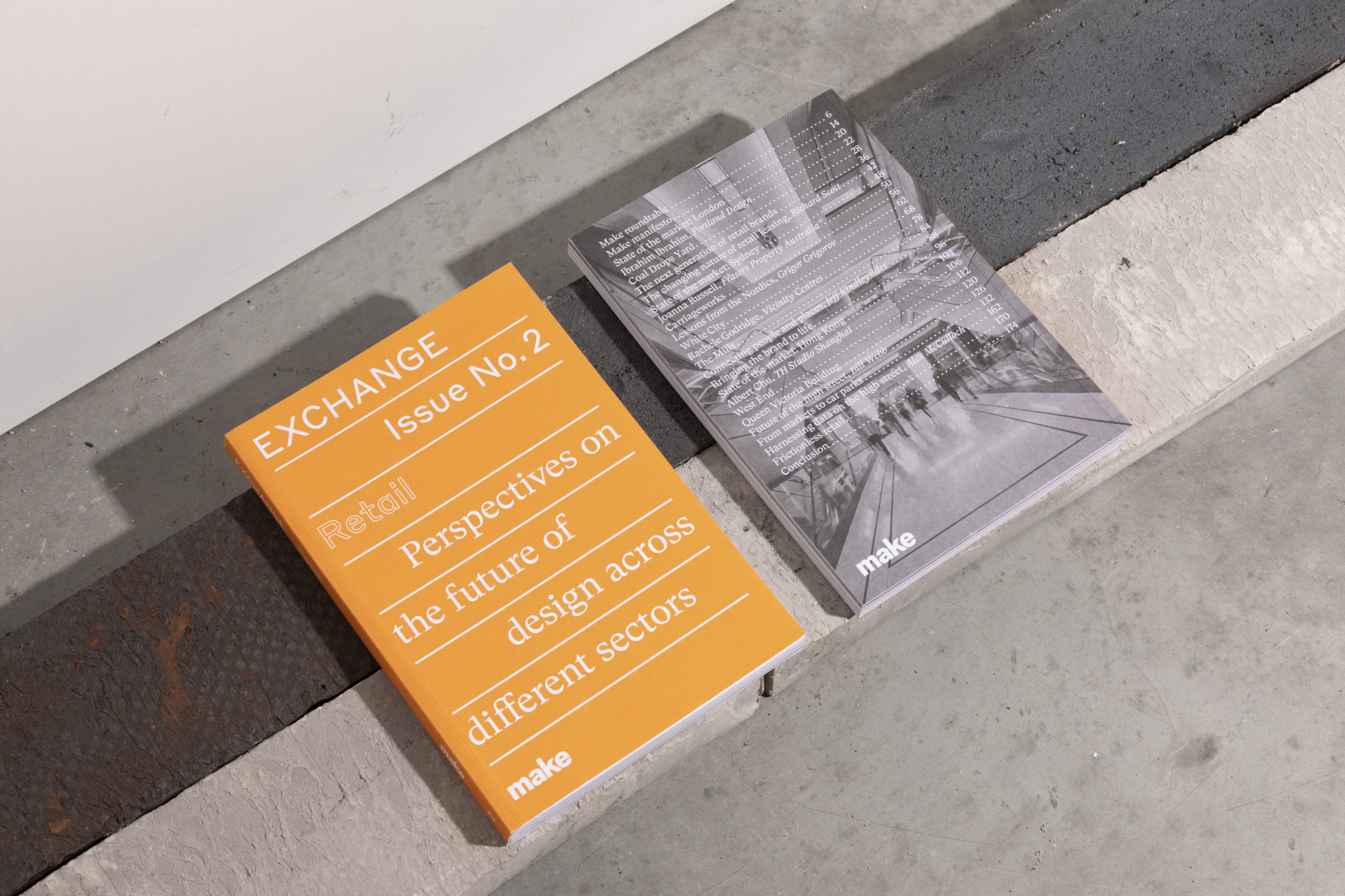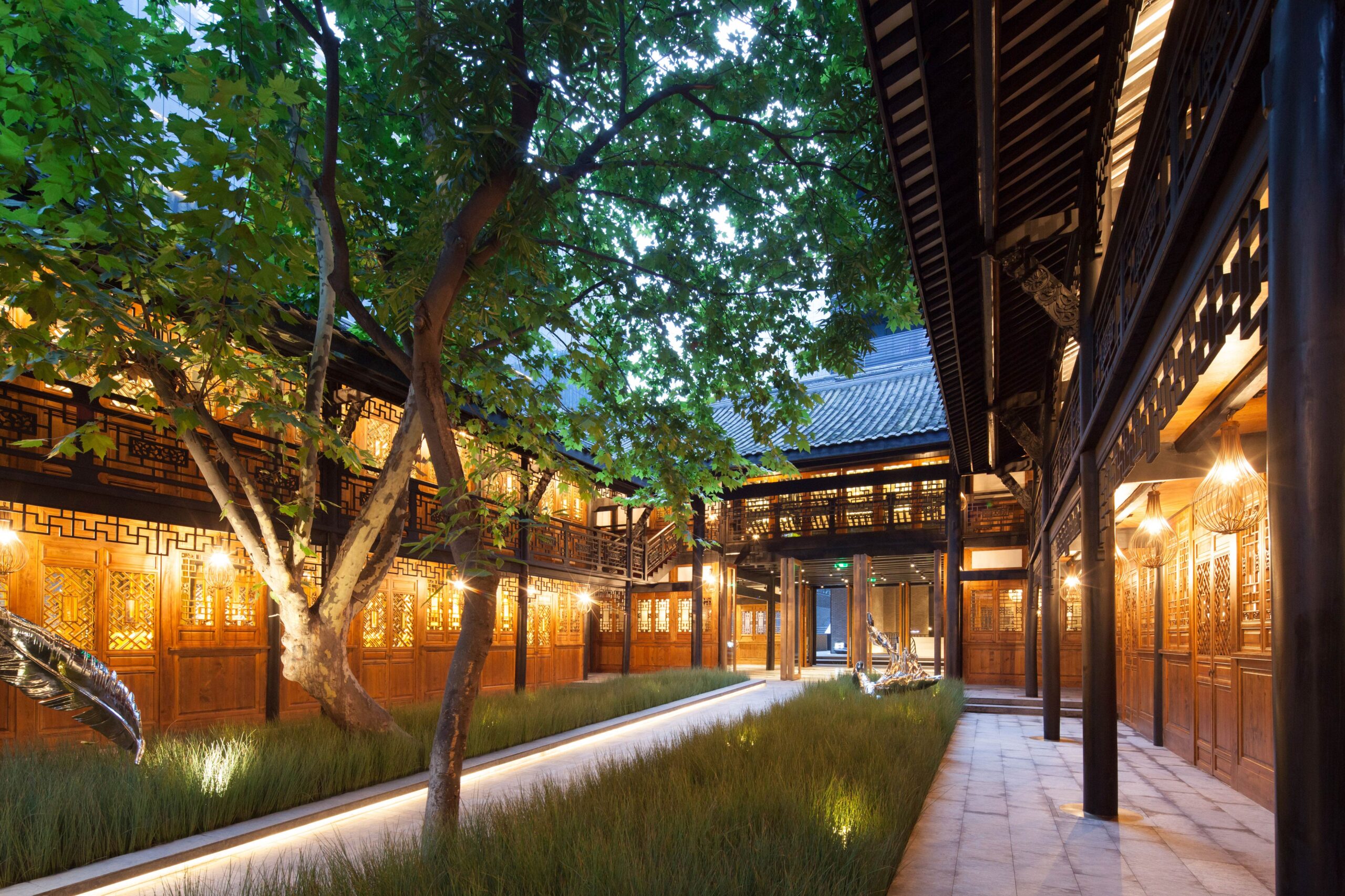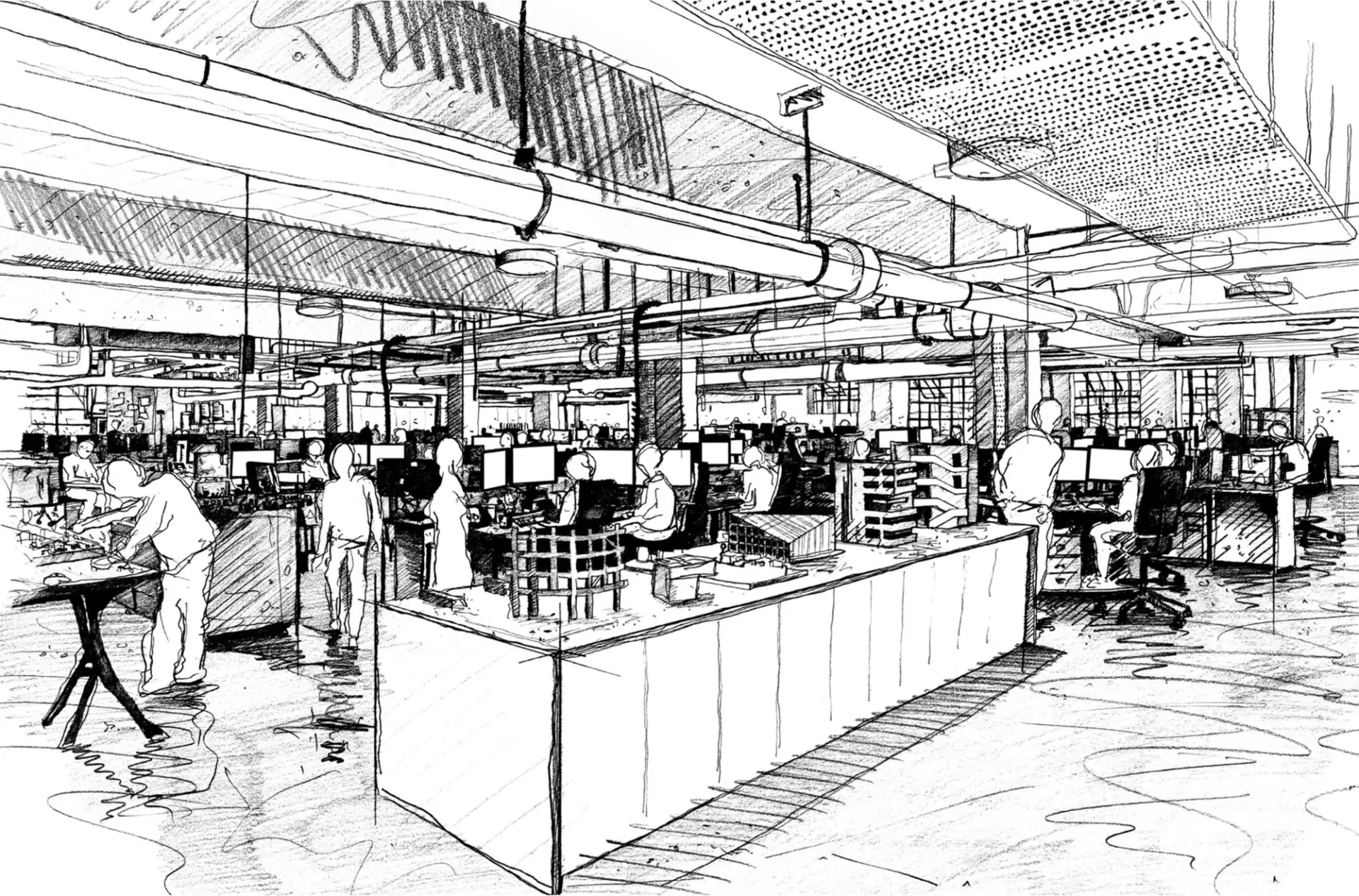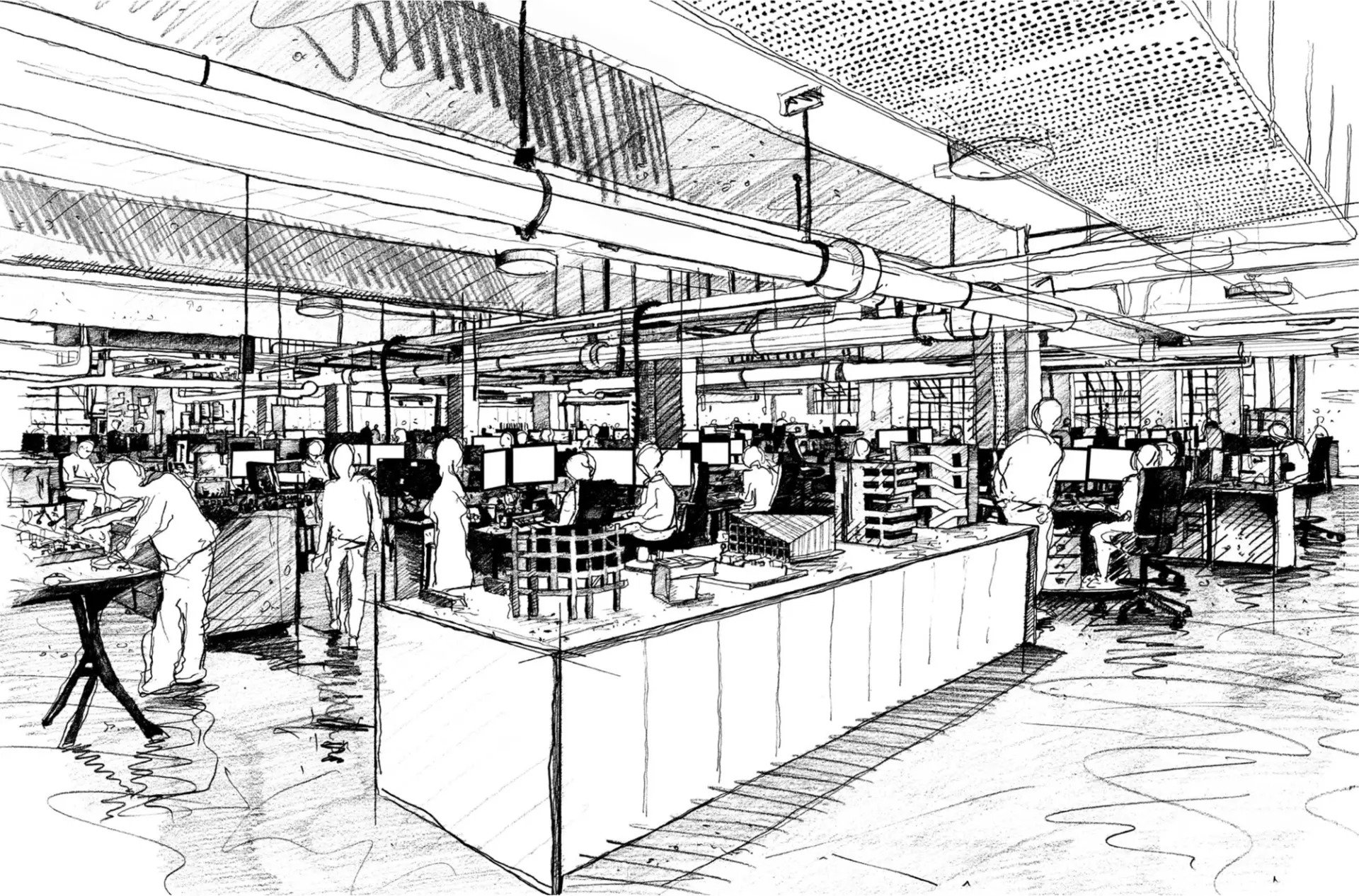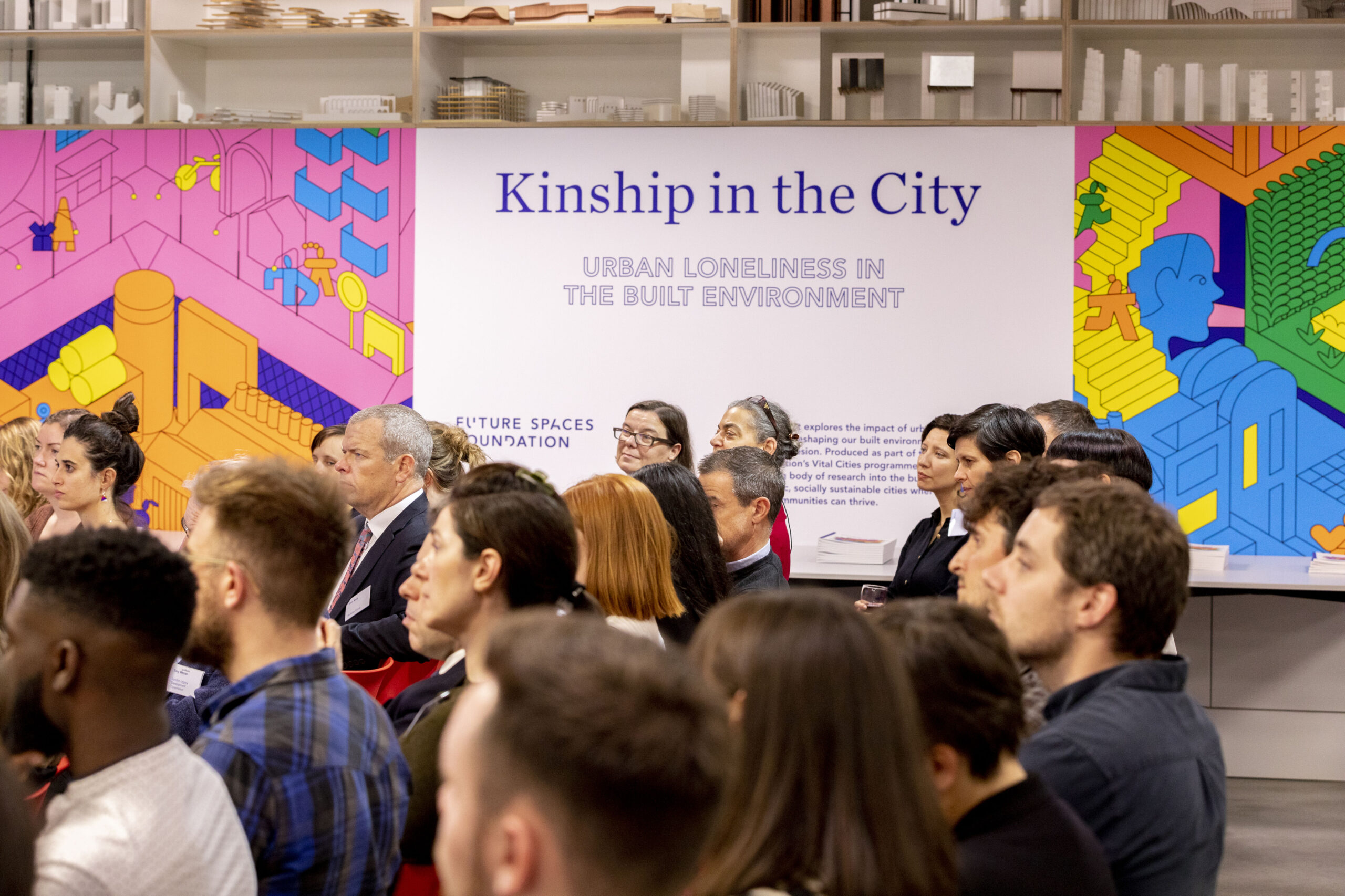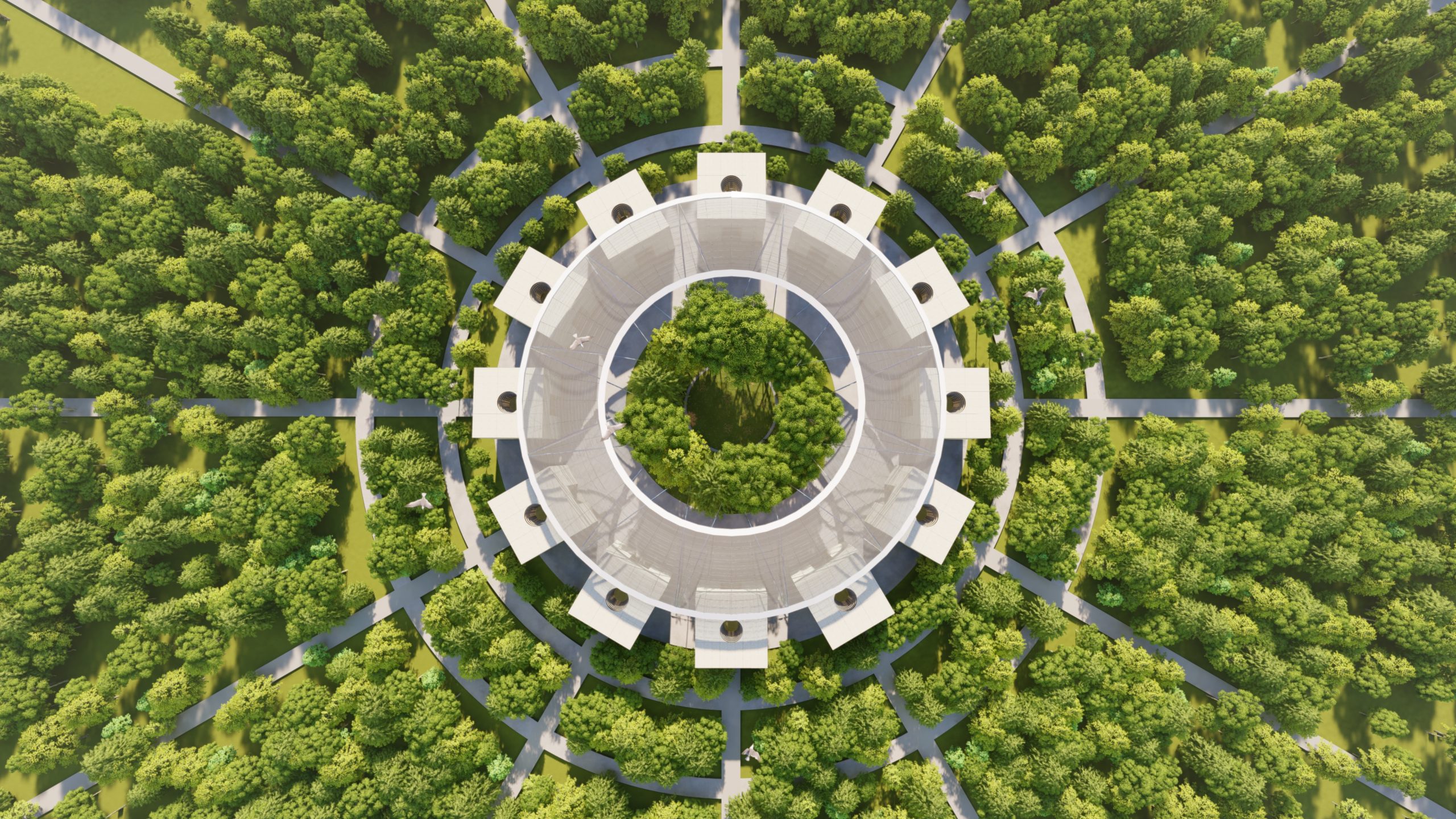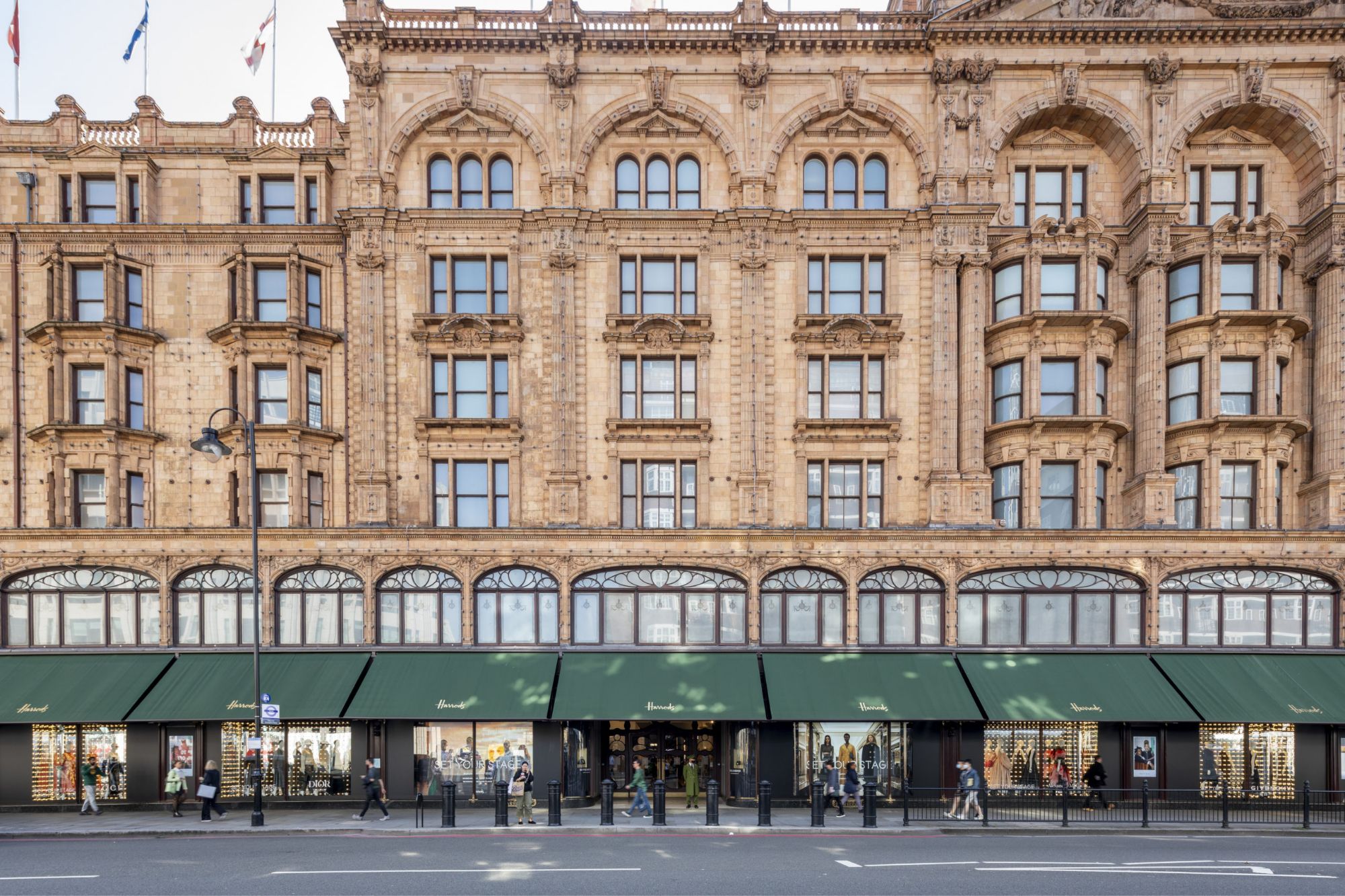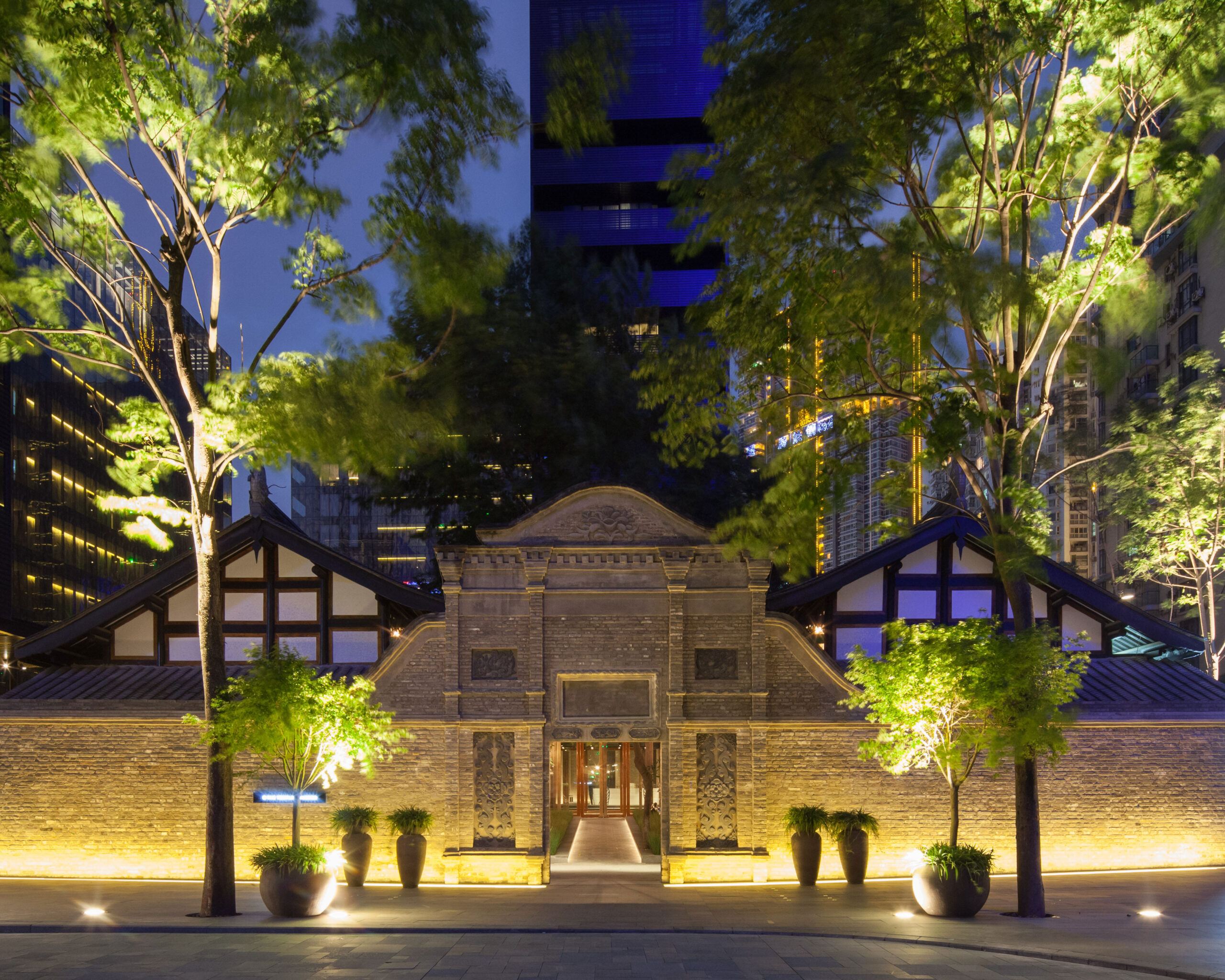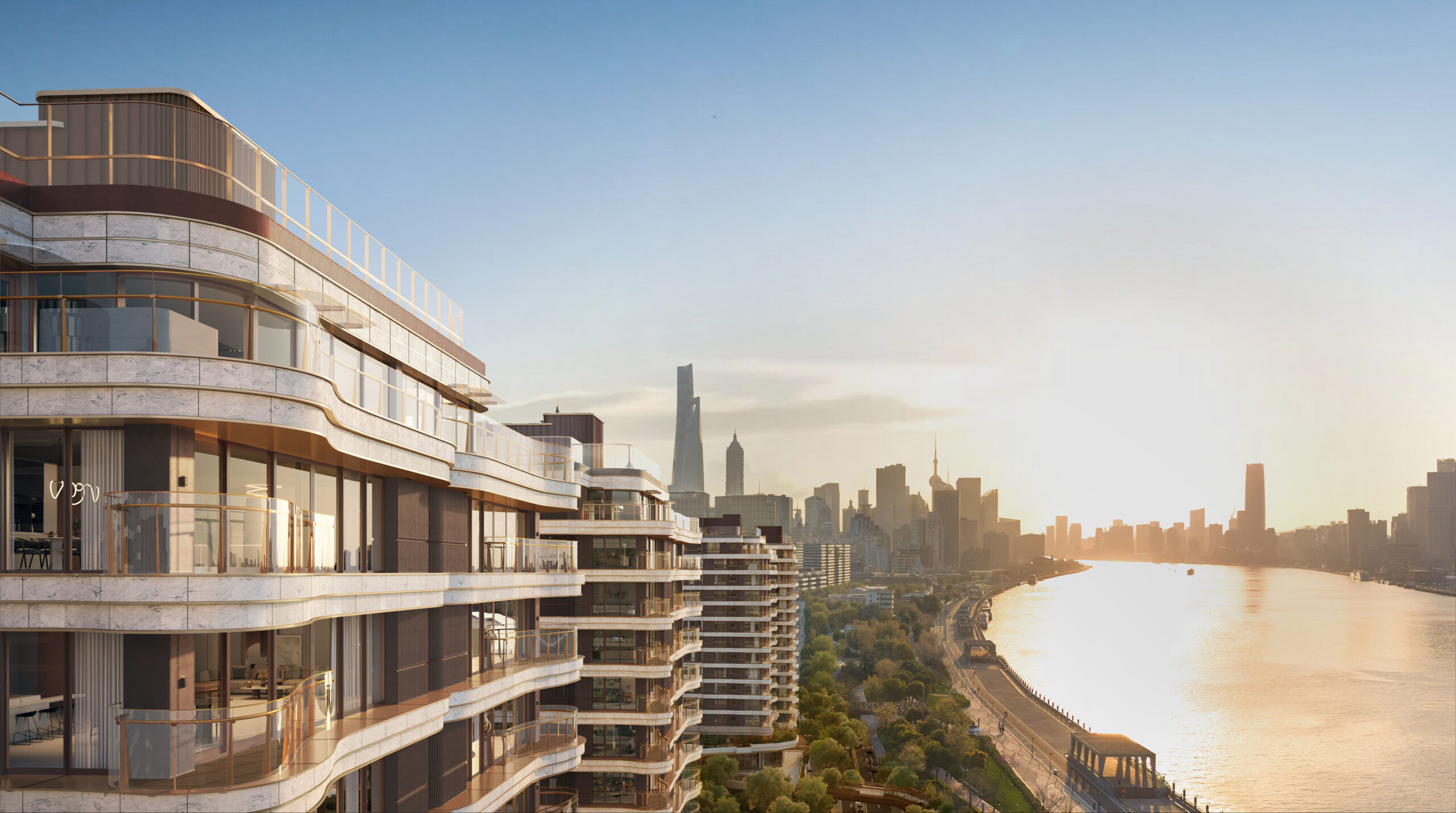
1. Social spaces
30.9% of adults in Great Britain (7.4 million people) have reported feeling “lockdown loneliness” (Office of National Statistics, Opinions and Lifestyle Survey, 3 April to 3 May 2020)
Social spaces need to become more dynamic than just gathering around a coffee point. We need to think about how we use them to provide connection, encourage diversity, communication, listening and learning. Commercial design can learn from higher education design here with its variety of spaces to inspire and collaborate and relax, whether that’s outside space to provide a natural connection or communal areas that allow people from different courses and faculties to meet and talk together.
- New focus on value of social spaces
- Promoting collaboration
- Promoting health and wellbeing of users
- Better cultural integration and how building fits into local community
- Spaces for recreation, relaxation and enjoyment
- Spaces which contribute to the wider community
Cara Bamford: “I have returned to the office. My commute is not crammed and once in, I’m really enjoying the sparsely populated space, the coffee machine is working well, and I’ve been able to turn around and ask a colleague a question.
“There is a reason we have places to work together. There is a reason our teams sit together. And it’s a good one. We are taking small measured steps, not many have chosen to come in to the studio and there is no rush to have more. But I look forward to seeing the whole team together, sometime in the future, when transport is safe and the overall situation allows all to be comfortable. It will be so magnificent!”

2. Health
“There is understandable concern about the impact of the pandemic on people’s wellbeing. Figures show that the equivalent of 19 million adults in Great Britain report high levels of anxiety.” (Office of National Statistics)
We spend 90% of our time indoors, and our environments need to enhance our health and wellbeing, with better air quality and daylight. We will see a greater push towards the WELL standard of buildings so that our working environment encourages healthy behaviour, satisfaction, happiness and productivity.
- Building’s ability to nourish
- Fitness and activity focus
- Smart commuting – cycling has now been ‘prescribed’ by the UK prime minister, with intentions set to overhaul and invest in cycling
- Brands want to be associated with ‘health’ – healthy brand, business and people,
- Mental health support
- The reality of ‘Zoom fatigue’
- Digital detox using relaxation and sensory pods
Jason McColl: “The future office should be like the essence of a great city – social, lively and progressive, and designed with a focus on people’s health and wellbeing.”

3. Air
London’s City of Westminster has seen a massive decrease in NO2 emissions, from 58μg/m3 in 2019 to 30μg/m3 in 2020 (Department for Energy Food and Rural Affairs, monitoring data for NO2 in London)
Although emissions are now virtually back to pre-pandemic levels, pollution is still lower due to the staggered starting times that many schools and workplaces are implementing. But the air quality issue has still brought into sharp relief the need to improve the impact of environmental conditions on the workplace. What adaptations can be made in terms of the ventilation and air quality for occupants? Can biophilic design be increased? How can buildings be healthier, both for occupants and members of the public?
- Consider healthier ventilation systems to improve air quality
- Increase indoor planting to filter the air
- Consider low carbon commuting
- Access to fresh air – adapt cladding for openable windows
- Cleanliness – increased cleaning and maintenance cycles
- Access to the outside for all occupants
- Healthy materials, reduced toxins and increased knowledge of material make-up.
Frances Gannon: “Time walking and time sitting on a train is time to think about the day and often I realise the solution to a tricky problem that I’ve been puzzling over all day once I stand up from my desk and walk to the station. It’s hard to have the discipline to leave my laptop and take a walk around the block on a busy day, whereas commuting forces me to do that. The design of workplaces should encourage taking a break, with a change of scene and a beautiful staircase to climb and clear the mind.”

4. Adaptability
“It is not the strongest or most intelligent who will survive, but those who can best manage change.” (Charles Darwin)
The recent government overhaul of the Use Classes Order to better reflect the diversity of uses found on high streets and in town centres allows businesses to adapt and diversify to meet changing demands. Mixed use schemes can now respond more readily, including looking at ways to make ground floor and reception spaces multi-functional to operate as a community amenity as well as office space.
- Existing buildings can work harder by adapting functions to be people-focused. This could include increasing communal spaces – be that toilets, social spaces, or outside areas accessible to all – or improving visibility and the experience for stairwells, better amenities for cyclists, and improved cycle parking. There are limitless ideas of small adaptations that will make a big difference to employees.
- Experiment and test ideas for how space can be improved
- Flexibility at ground floor
- Connection potential, eg, for inter-floor connections
- Toilet expansion potential
- Roof utilisation
- Access to shared terrace
- Improved visibility in stairwells
- Increased cycle parking
- Multi-functional spaces with changing use through the day/night
Greg Willis: “The thing that has struck me most is how the wellness and environmental agendas are so aligned with all the discussions we are having about a post-Covid world. We have a unique opportunity emerging from this tragedy. We must reshape the urban environment along lines we passionately believe will create a better tomorrow.”

5. Technology
“The global crisis is driving cloud adoption. Forty percent of businesses said COVID-19 is accelerating their move to the cloud.” (How COVID-19 Impacts Cloud Adoption May 2020 report from open-source database company MariaDB)
It has been remarkable how many companies were able to make a quick switch to remote working during lockdown. The pandemic may have forced the switch, but now that we have adopted the system, what else can we do to provide more agile and smarter workplaces? Technology can improve the efficiency of our processes and systems, and also our buildings, making them work much harder for our benefit.
- Smart buildings
- Touchless/frictionless technology
- Data-gathering
- User control and input
- Automation and AI opportunities
- People movement analysis
- Servicing and maintenance using BIM model
- Augmented reality, videoconferencing goggles
Hannelore Christiaens: “Now more than ever, we are designing workplaces with a high degree of flexibility – this will allow clients, companies and employees to tailor their workplace environment to their needs at a later stage in the design process and even during occupancy.”
6. Sustainability
The International Energy Agency has forecast the CO2 impact of the crisis, suggesting emissions could fall by 8% this year, some 2,600MtCO2 (carbonbrief.org)
Teleconferencing and virtual meetings are showing businesses that they can reduce travel and their carbon footprint, with satellite images revealing the dramatic decline in air pollution. Expanding cycling and pedestrian infrastructure is encouraging more sustainable modes of commuting to the office. With the significant disruption caused over the last four months, an opportunity arises to change the linear ways of working which create wasteful and polluting practices and look for circular opportunities to eliminate waste and decarbonise.
- Net zero carbon
- Legacy
- Enduring use, adaptable assets
- Zero waste
- Modern methods of fabrication
- Performance procurement
- Circular economy
- Shorter, more local supply chains
James Goodfellow: “The world has shifted and home working has now become the norm. The workplace needs to compete as it’s never done before to act as a draw to bring people together and foster collaboration and creativity. This will change the nature of the office away from a workplace towards a shared place!”
